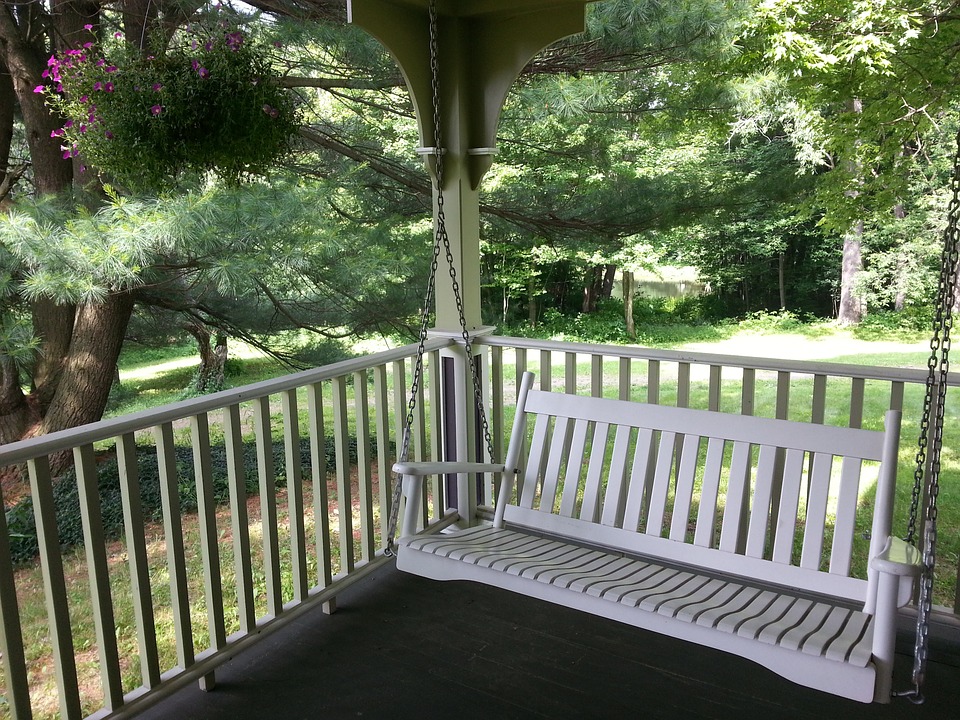Writers Chat
Writers Chat Recap for September Part 2
Writers Chat, hosted by Jean Wise, Johnnie Alexander, Brandy Brow, and Melissa Stroh, is the show where we talk…
September 30, 2022Writers Chat, hosted by Jean Wise, Johnnie Alexander, Brandy Brow, and Melissa Stroh, is the show where we talk…
September 30, 2022
The short answer is YES! While falling in love can happen anywhere, the choice of your setting sets a…
January 23, 2021
My fifth historical romance releases next summer. I’ve written nine others that are “pre-published,” most requiring months of research.…
January 20, 2019
Board games − at some time in our lives, most of us have awakened on Christmas morning to find…
November 20, 2018
The dark house looked lonely and foreboding as Ellen pulled the key from her reticule and fumbled with the…
August 20, 2018
By Sandra Merville Hart When it comes to research, contemporary writers have it so easy, right? I am teasing,…
March 21, 2017